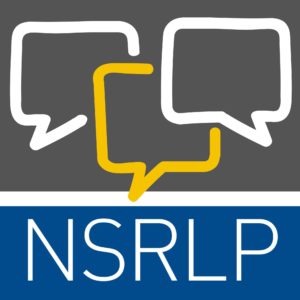A Guide for Self-Represented Litigants
By Margarita Dvorkina & Julie Macfarlane
Why We Publish SRL Primers
One of the NSRLP’s primary missions is the development of accessible, practical and empowering resources for the primarily self-represented.
NSRLP has been researching and writing its distinctive SRL “Primers” – Reading and Understanding Case Reports is our 9th Primer – since 2013 (you can find the full list here).
We do this not because we believe that people are generally “better off” without lawyers, burning the midnight oil doing self-study – but because of the following realities:
- so many of those now coming to family and civil court lack affordable expert assistance.
- our research shows clearly that self-represented litigants take their (unenviable) task very seriously and want to equip themselves as well as possible.
- prepared SRLs (while certainly not the only challenge facing the system) make the courtroom process easier for everyone.
About our Newest Primer
The goal of Reading and Understanding Case Reports is to equip you with the necessary understanding to read a reported court decision – a “case report” – when conducting legal research and preparing to present your own case to a court.
Part I explains the structure of a case report. This will teach you what you should look for when reading a case in order to assess its relevance to your own matter.
Part II offers guidance on understanding what you read in a case report, the most important sections, and the relevance of the different parts of a case report.
Two appendices offer a glossary of terms and common court abbreviations.
Legal Research is a Two-Step Process
In 2015, NSRLP published the CanLll Primer, first in English (with brilliant work by then-NSRLP Research Assistant Tamara Thomas) and then in French. CanLII is a free online legal service that publishes case reports from all over Canada and is an excellent resource for preparing to present your own arguments.
We strongly suggest that you use Reading and Understanding Case Reports in tandem with the Can Lll Primer.
Because in conducting legal research, you need to have the confidence to take two steps:
- Finding cases that may be helpful to your matter. To learn how to do this, use the Can Lll Primer.
- Reading, understanding and evaluating those cases. To learn how to do this, use our new Primer, Reading and Understanding Case Reports.
Reading and analyzing case reports is very challenging and our goal is to help you to overcome obstacles. The more case reports you read, the easier it will become to navigate and analyze what you are reading. You will begin to recognize the basic structure and become familiar with the terms and language used. This means that you are on your way to identifying the best cases to use as part of your own arguments to the court.
As usual, your feedback is valued. Our appreciative thanks to Cynthia Eagan, Dayna Cornwall, Hope Moon and Cindy Freitag for their editorial and substantive comments on earlier drafts.
